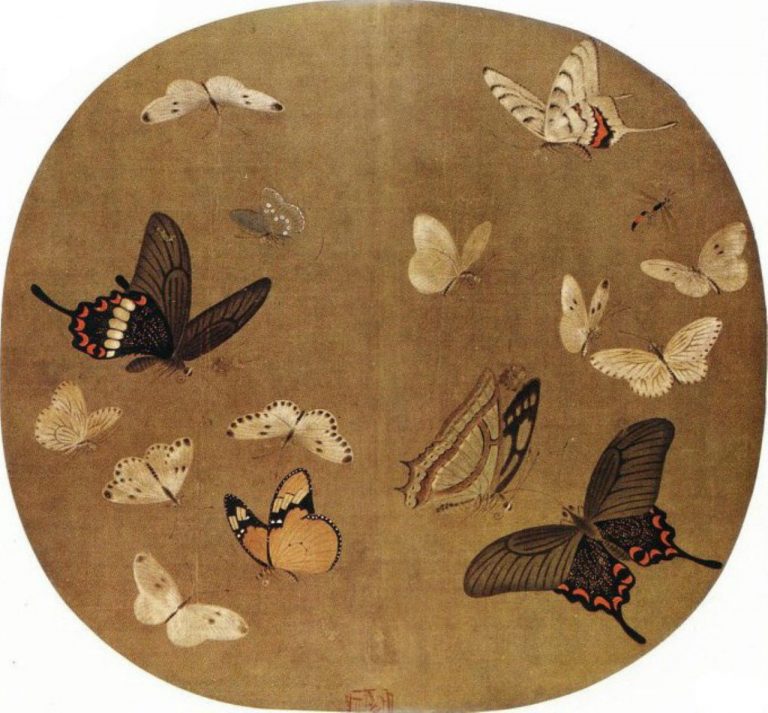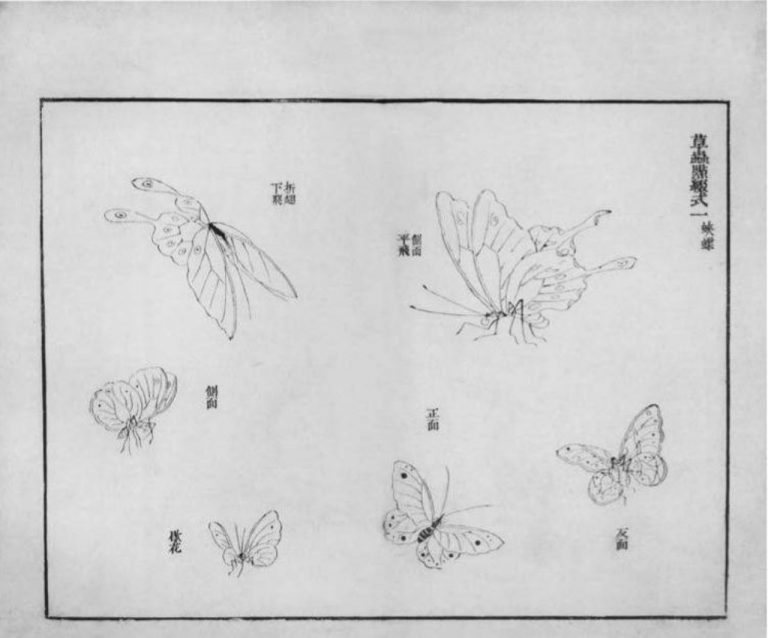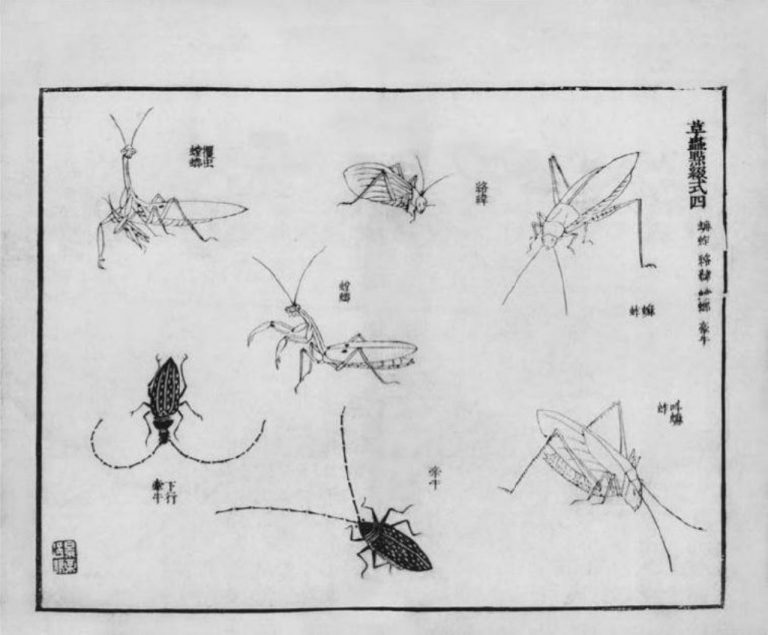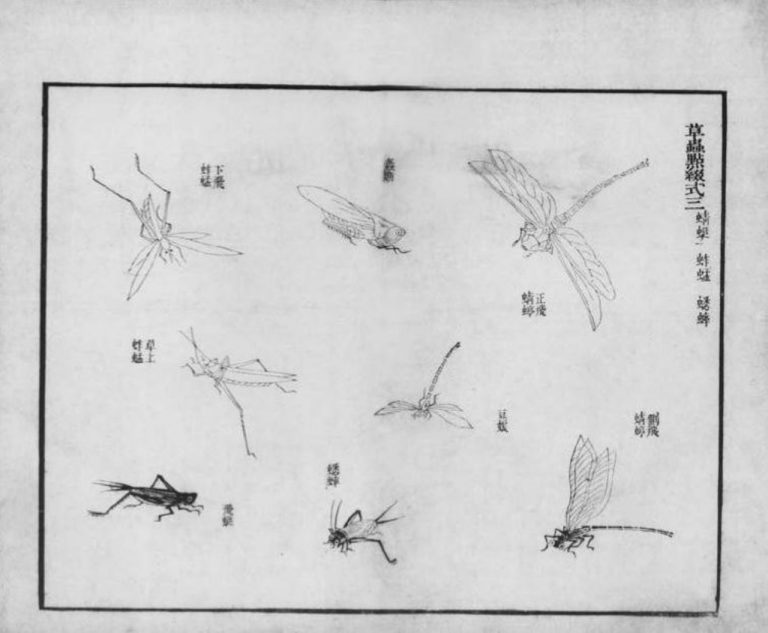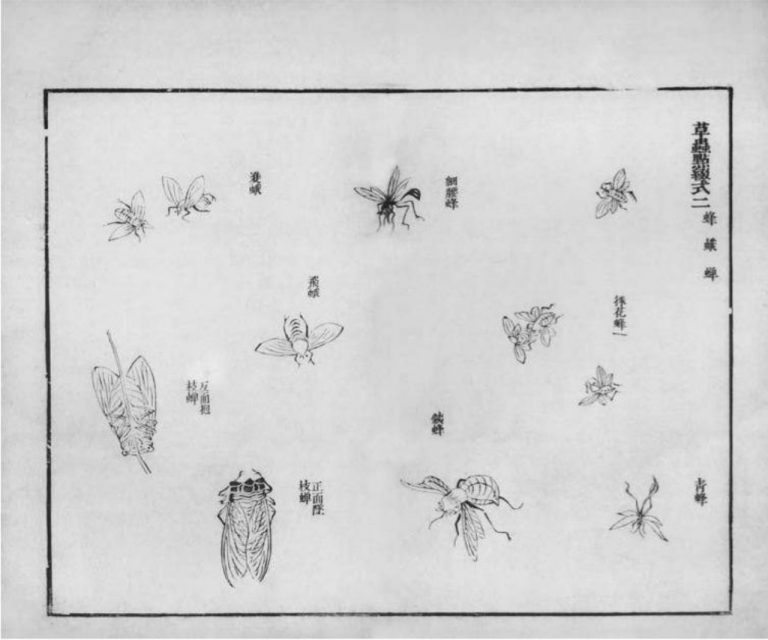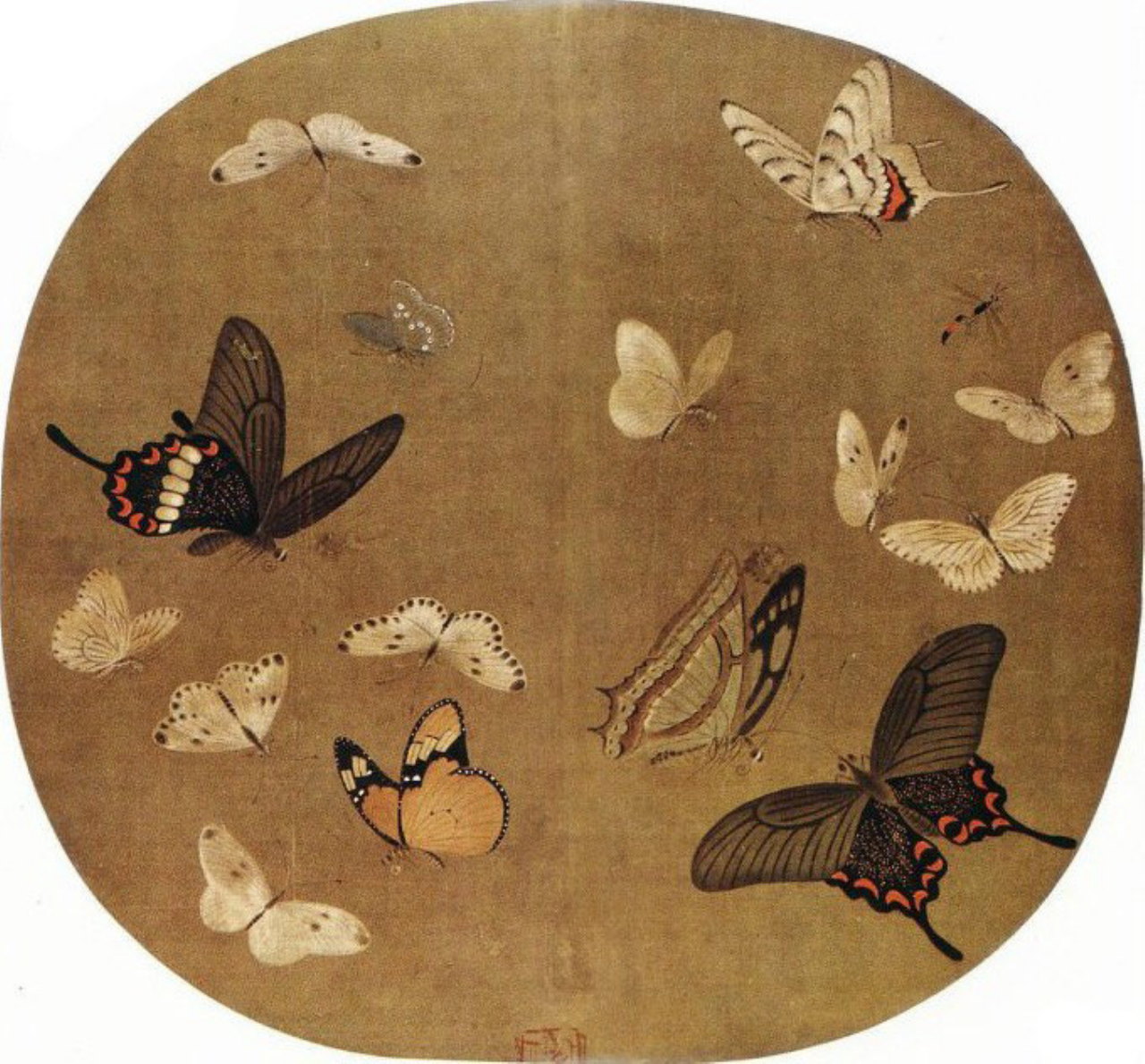
Cover Picture
Here’s an example of a finished butterfly picture from the Song dynasty (960 – 1279):
Li An Zhong Spring Butterflies 23 by 25 cm Beijing Forbidden City Palace Museum, see:
Tips from Mustard Seed Garden
Inkston’s Summary: observe closely how the insects behave and change along with their environment. How they place their body parts with different postures. For example, butterfly is a classic subject in Chinese painting. Their shape and colour change quite obviously in Spring, and Autumn. Maybe it would be a good idea to grow some flowers and attract some butterflies. Then, you can take a close long-term observation on how these changes happen.
To paint insects well, you need to observe many details. Please note the small movements of the insect and how they deal with their body parts for different activities. For example,
- Wings are mostly open flat when they fly;
- Wings are fluttered at high frequency when they make noise;
- Wings are mostly folded when they climb;
- The body is stretched when they intend to jump;
- Butterflies and bees mostly have four wings; insects which cannot fly mostly have 6 legs some of which are long while others are short.
Butterflies are a must practice subject for Chinese paintings training.
Here are some notes:
- Butterfly wings have various shapes and are very colourful. Most butterflies can be expressed with black, pink, and yellow.
- Black butterflies normally have a pair of large wings in front and a pair of long wings in back.
- Spring butterflies mostly have soft wings, big belly, and fat long wings. This is because they are newly transformed from cocoon.
- Autumn butterflies mostly have strong wings, thin belly, and thick long wings in back. This is because they are old in Autumn and will die soon when Winter approaches.
- Butterflies have mouthparts. When they are flying, the mouth is closed in a round circle shape. When they stop flying, their proboscis is elongated to reach into flowers in order to drink the nectar.
All in all, although there are hundreds of thousands types of insects which have different shapes and colours, all of them change along with the changes in environment. When the plants and trees are green and juicy, these insects are freshly coloured and strong; when the plants and trees become yellow and dry, insects start to have a dark colour and the body is getting thin too. In any case, close observation of insects all year round is the most efficient way to paint insects well.
Video
Mustard Seed Garden Video tutorial by Chinese artist Wu Peng 吴蓬, who was born in 1941 and currently researcher of Shanghai Calligraphy and Painting Institute. He is especially famous for calligraphy (Oracle) and flower paintings.
The video is in Chinese but you can see the technique even if you can’t understand chinese well:
【芥子园画谱技法讲座】 26(三)花卉翎毛(05 06)昆虫
Pictures
Related pictures from the Mustard Seed Garden book.
Materials
-
Inkston 0200WsWl 精品兼毫 Extra-large Fine Jian Hao Combination Brush
 Brush Hair Size: 1.4 * 6.2 cm. Brush Size: 32 * 1.8 * 1.8 cm. It is made Chinese brush craftsmen who have had over 40 years brush making experiences. It is perfect for cursive script and abstract, flower/ birds paintings. $31.76 (USD)
Brush Hair Size: 1.4 * 6.2 cm. Brush Size: 32 * 1.8 * 1.8 cm. It is made Chinese brush craftsmen who have had over 40 years brush making experiences. It is perfect for cursive script and abstract, flower/ birds paintings. $31.76 (USD)
Brand: inkston
Maker: Xu Shi Chun
Materials: JianHao hair
Packaging: silk sleeve
Suitable for: 写意画 Freehand Painting, 花鸟画 Flower and Bird painting, 草书 CaoShu "grass" Cursive Script calligraphy
Brush Hair Size: 1.4 * 6.2 cm

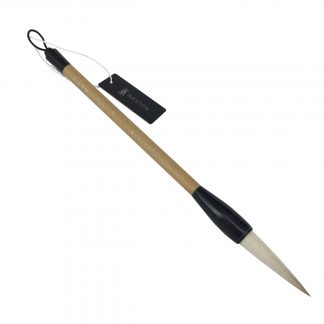
Inkston 0200WsWl 精品兼毫 Extra-large Fine Jian Hao Combination Brush
Sale! $31.76 (USD) Add -
Inkston 0305WsWl 北海云雾 Beihai Yunwu “North lake mist” Extra-large 兼毫 Jian Hao Combination Brush


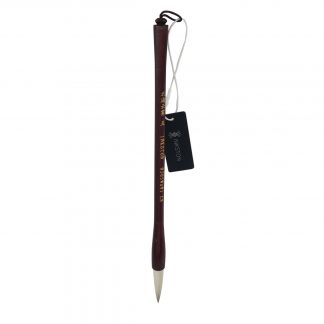
Brand: inkston
Maker: Xu Shi Chun
Materials: JianHao hair
Packaging: silk sleeve
Suitable for: 写意画 Freehand Painting, 花鸟画 Flower and Bird painting, 草书 CaoShu "grass" Cursive Script calligraphy, 行书 xíngshū semi-cursive script
Shipping size: 30.5 × 1.4 × 1.4 cm
Shipping weight: 50 g


Inkston 0305WsWl 北海云雾 Beihai Yunwu “North lake mist” Extra-large 兼毫 Jian Hao Combination Brush
$19.65 (USD) Add -
Inkston 0403Ws 北尾狼毫联笔 Beiwei LangHao Wolf brush


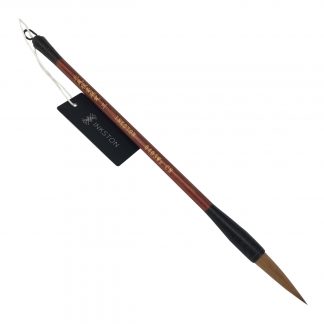
Brand: inkston
Maker: Xu Shi Chun
Materials: Weasel Hair, Wood
Packaging: silk sleeve
Suitable for: 写意画 Freehand Painting, 山水画 ShanShui Landscape Painting, 楷书 KaiShu Regular Script calligraphy, 花鸟画 Flower and Bird painting, 草书 CaoShu "grass" Cursive Script calligraphy, 行书 xíngshū semi-cursive script
Brush Hair Size: 1 * 4.4 cm
Shipping size: 30.5 × 1.3 × 1.3 cm
Shipping weight: 31.5 g


Inkston 0403Ws 北尾狼毫联笔 Beiwei LangHao Wolf brush
$37.38 (USD) Add -
Inkston 0601Ws 经典狼毫大 Large Classic Lang Hao Wolf Brush


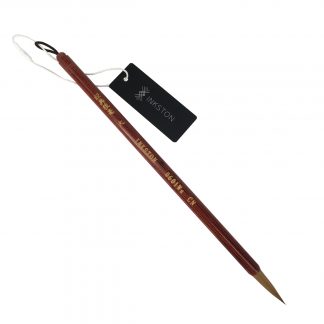
Brand: inkston
Maker: Xu Shi Chun
Materials: Weasel Hair, Wood
Packaging: silk sleeve
Suitable for: 中楷 3-7 cm calligraphy, 大楷 3-9 cm calligraphy, 楷书 KaiShu Regular Script calligraphy, 花鸟画 Flower and Bird painting
Brush Hair Size: 2.8 * 0.7 cm
Product Size: 25 × 0.9 × 0.9 cm


Inkston 0601Ws 经典狼毫大 Large Classic Lang Hao Wolf Brush
$29.33 (USD) Add -
Inkston 0602Ws 经典狼毫中 Medium Classic Lang Hao Wolf Brush


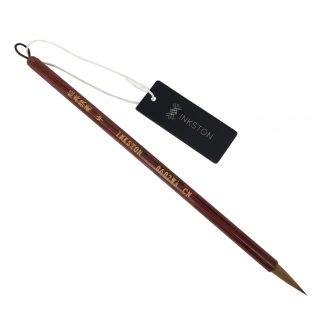
Brand: inkston
Maker: Xu Shi Chun
Materials: Weasel Hair, Wood
Packaging: silk sleeve
Recommend to: Advanced Level, Beginners, Medium Level, Professionals
Suitable for: 中楷 3-7 cm calligraphy, 山水画 ShanShui Landscape Painting, 工笔画 Gongbi Painting, 楷书 KaiShu Regular Script calligraphy, 花鸟画 Flower and Bird painting, 行书 xíngshū semi-cursive script
Brush Hair Size: 2.5 * 0.6 cm
Product Size: 24.5 × 0.8 × 0.8 cm


Inkston 0602Ws 经典狼毫中 Medium Classic Lang Hao Wolf Brush
$27.88 (USD) Add -
Inkston 0603Ws 经典狼毫小 Small Classic Lang Hao Wolf Brush


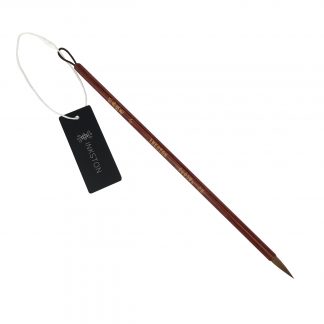
Brand: inkston
Maker: Xu Shi Chun
Materials: Weasel Hair, Wood
Packaging: silk sleeve
Recommend to: Advanced Level, Beginners, Medium Level, Professionals
Suitable for: 小楷 3 – 5 cm calligraphy, 工笔画 Gongbi Painting, 楷书 KaiShu Regular Script calligraphy, 花鸟画 Flower and Bird painting, 行书 xíngshū semi-cursive script
Brush Hair Size: 2.1 * 0.5 cm
Product Size: 24 × 0.65 × 0.65 cm


Inkston 0603Ws 经典狼毫小 Small Classic Lang Hao Wolf Brush
$25.70 (USD) Add -
Inkston 0801SW 豹狼毫 Bao Lang Hao Large Leopard Wolf Brush (Squirrel/Weasel)


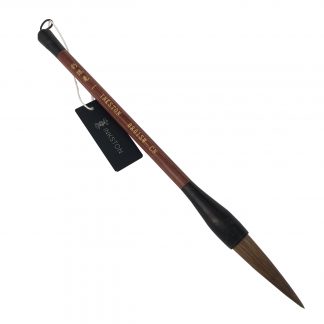
Brand: inkston
Maker: Xu Shi Chun
Materials: Weasel Hair, Wood
Packaging: silk sleeve
Recommend to: Advanced Level, Medium Level, Professionals
Suitable for: Calligraphy, Shi Lu 石鲁 Landscape Painting Style, 山水画 ShanShui Landscape Painting, 楷书 KaiShu Regular Script calligraphy, 花鸟画 Flower and Bird painting, 草书 CaoShu "grass" Cursive Script calligraphy, 行书 xíngshū semi-cursive script
Brush Hair Size: 6 * 1.5 cm
Product Size: 34 × 2 × 2 cm


Inkston 0801SW 豹狼毫 Bao Lang Hao Large Leopard Wolf Brush (Squirrel/Weasel)
$49.00 (USD) Add -
Inkston 0901WsWl 古法大白云 GuFa Da BaiYun “Traditional White Cloud Large” 兼毫 Jian Hao Combination Brush


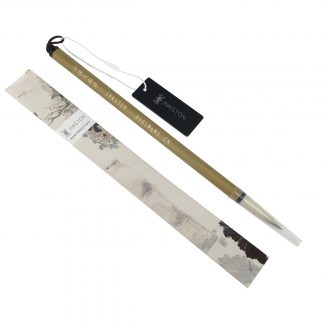
Brand: inkston
Maker: Xu Shi Chun
Materials: JianHao hair
Packaging: silk sleeve
Recommend to: Advanced Level, Beginners, Medium Level, Professionals
Suitable for: Calligraphy, 写意画 Freehand Painting, 楷书 KaiShu Regular Script calligraphy, 花鸟画 Flower and Bird painting, 草书 CaoShu "grass" Cursive Script calligraphy
Brush Hair Size: 4 * 0.9 cm
Product Size: 28 × 1.1 × 1.1 cm
Product Weight: 22.3
Shipping size: 35 × 3 × 3 cm


Inkston 0901WsWl 古法大白云 GuFa Da BaiYun “Traditional White Cloud Large” 兼毫 Jian Hao Combination Brush
$28.76 (USD) Add -
Inkston 0902WsWl 古法中白云 GuFa Zhong BaiYun “Traditional Small White Cloud Medium” 兼毫 Jian Hao Combination Brush


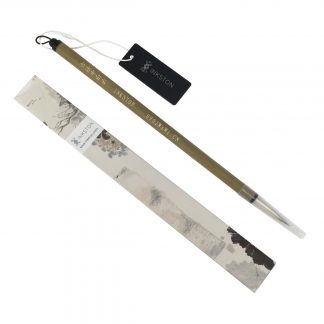
Brand: inkston
Maker: Xu Shi Chun
Materials: Bamboo, JianHao hair
Packaging: silk sleeve
Recommend to: Advanced Level, Beginners, Medium Level, Professionals
Suitable for: Calligraphy, 写意画 Freehand Painting, 楷书 KaiShu Regular Script calligraphy, 花鸟画 Flower and Bird painting, 草书 CaoShu "grass" Cursive Script calligraphy
Brush Hair Size: 3.6 * 0.8 cm
Product Size: 28 × 1 × 1 cm
Product Weight: 13
Shipping size: 35 × 2 × 2 cm


Inkston 0902WsWl 古法中白云 GuFa Zhong BaiYun “Traditional Small White Cloud Medium” 兼毫 Jian Hao Combination Brush
$25.99 (USD) Add -
Inkston 0903Ws 花枝俏 “Flower Brush” Extra Fine Detail LangHao Wolf brush


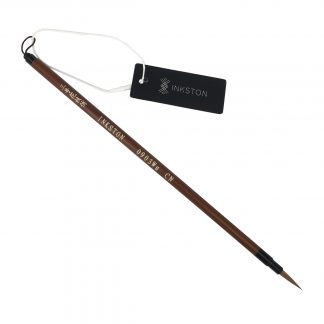
Brand: inkston
Maker: Xu Shi Chun
Materials: Bamboo, Weasel Hair
Packaging: silk sleeve
Recommend to: Advanced Level, Medium Level, Professionals
Suitable for: 1 – 1.5 cm diameter calligraphy, 工笔画 Gongbi Painting, 花鸟画 Flower and Bird painting
Brush Hair Size: 0.35 * 1.9 cm
Product Size: 24.5 × 0.7 × 0.7 cm
Product Weight: 5.2
Shipping size: 27.5 × 5 × 0.7 cm


Inkston 0903Ws 花枝俏 “Flower Brush” Extra Fine Detail LangHao Wolf brush
$10.35 (USD) Add -
Inkston 0903WsWl 古法小白云 GuFa Xiao BaiYun “Traditional White Cloud Small” 兼毫 Jian Hao Combination Brush


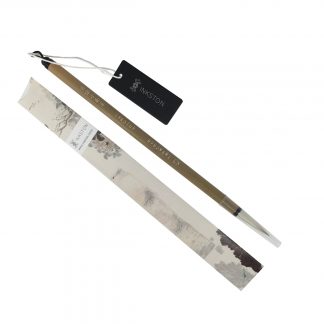
Brand: inkston
Maker: Xu Shi Chun
Materials: Bamboo, JianHao hair
Packaging: silk sleeve
Recommend to: Advanced Level, Beginners, Medium Level, Professionals
Suitable for: Calligraphy, Chinese Painting, 写意画 Freehand Painting, 楷书 KaiShu Regular Script calligraphy, 花鸟画 Flower and Bird painting, 草书 CaoShu "grass" Cursive Script calligraphy
Brush Hair Size: 3.3 * 0.7 cm
Product Size: 26.2 × 0.9 × 0.9 cm
Product Weight: 16
Shipping size: 26.5 × 3 × 2 cm


Inkston 0903WsWl 古法小白云 GuFa Xiao BaiYun “Traditional White Cloud Small” 兼毫 Jian Hao Combination Brush
$22.95 (USD) Add -
INKSTON Expert Flower/ Bird Xuan Paper


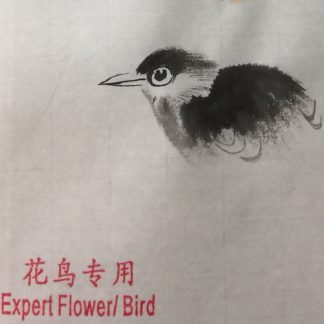
Brand: inkston
Maker: Inkston
Materials: 棉料 Mian Liao
Recommend to: Advanced Level, Beginners, Medium Level, Professionals
Suitable for: 花鸟画 Flower and Bird painting


INKSTON Expert Flower/ Bird Xuan Paper
$23.83 – $238.38 Choose
Books
-
Beginners GongBi Painting Guide: Grass and Insects


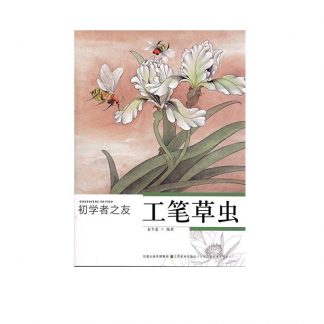
Brand: inkston
Suitable for: 工笔画 Gongbi Painting
Product Size: 27.8 × 20.6 × 0.4 cm
Product Weight: 181


Beginners GongBi Painting Guide: Grass and Insects
$14.14 (USD) Add -
Chieh Tzu Yuan Manual of the Mustard Seed Garden 芥子园画传 Set of 4 Volumes


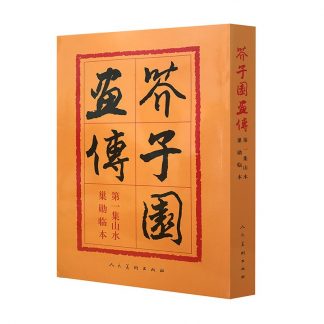
Brand: inkston
Product Weight: ,,,
Shipping size: 98 × 68.6 × 11.8 cm


Chieh Tzu Yuan Manual of the Mustard Seed Garden 芥子园画传 Set of 4 Volumes
$66.10 Add to cart -
陆抑非 Lu YiFei Flower Bird Grass Insects Album


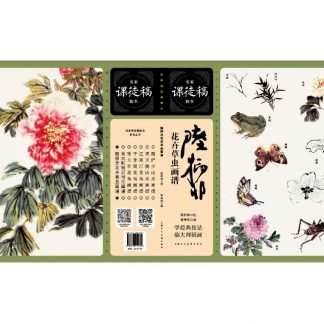
Brand: inkston
Recommend to: Advanced Level, Beginners, Medium Level
Suitable for: Chinese Painting
Product Size: 28.2 × 26.8 × 0.6 cm
Product Weight: 281


陆抑非 Lu YiFei Flower Bird Grass Insects Album
$20.49 (USD) Add

